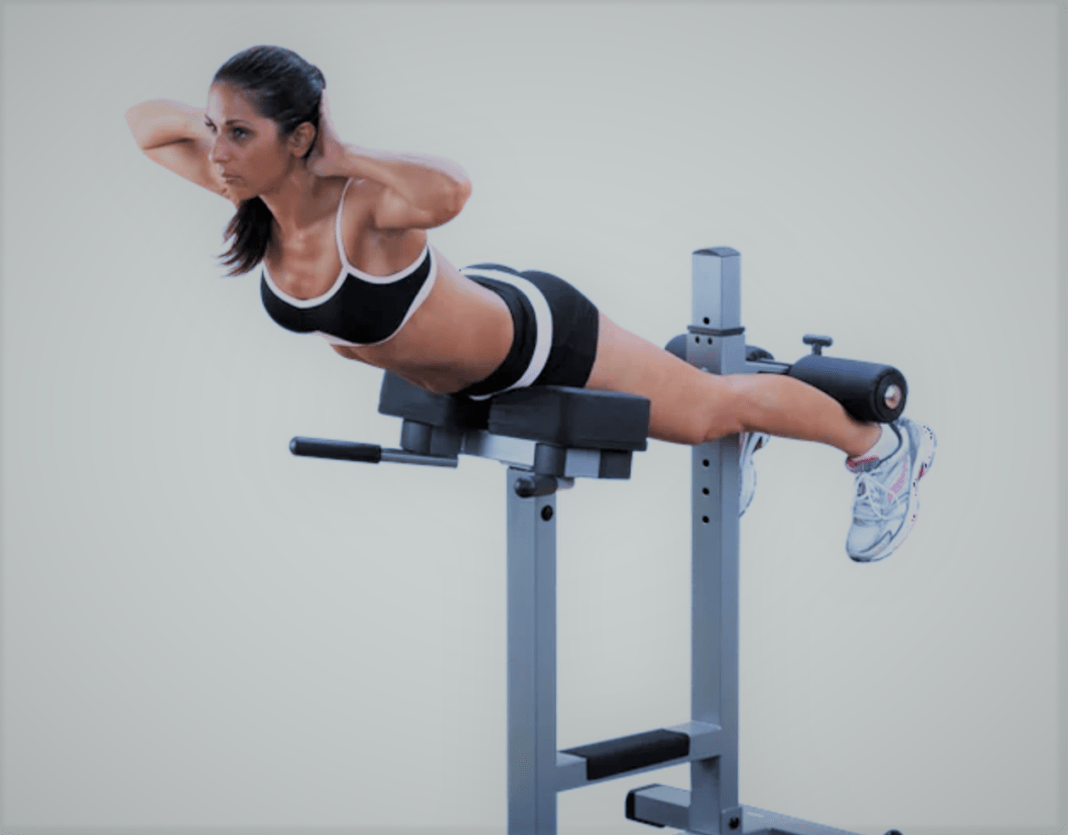Body-Solid
Are you forgetting your lower back? Too many weight-trainers only consider directly working their spinal erectors when it’s too late—when their back reminds them with shards of pain. It’s understandable. Your lower back is certainly not flashy. It’s usually covered up, and, even when not, bling bodyparts like pecs and abs are going to attract all the attention. And yet your lower back is paramount to your strength in compound lifts from standing calf raises to standing shoulder presses. Your spinal erectors are your ultimate support group, always helping—at least when they’re not hurting. And that’s the other thing about training your lower back: it’s the best defense against back pain.
You don’t need to do a lot for these muscles, but you do need to train them directly. Typically, at the end of your back routine, let your center take center stage. Let’s look at the how to target this area with the best lower back workouts.
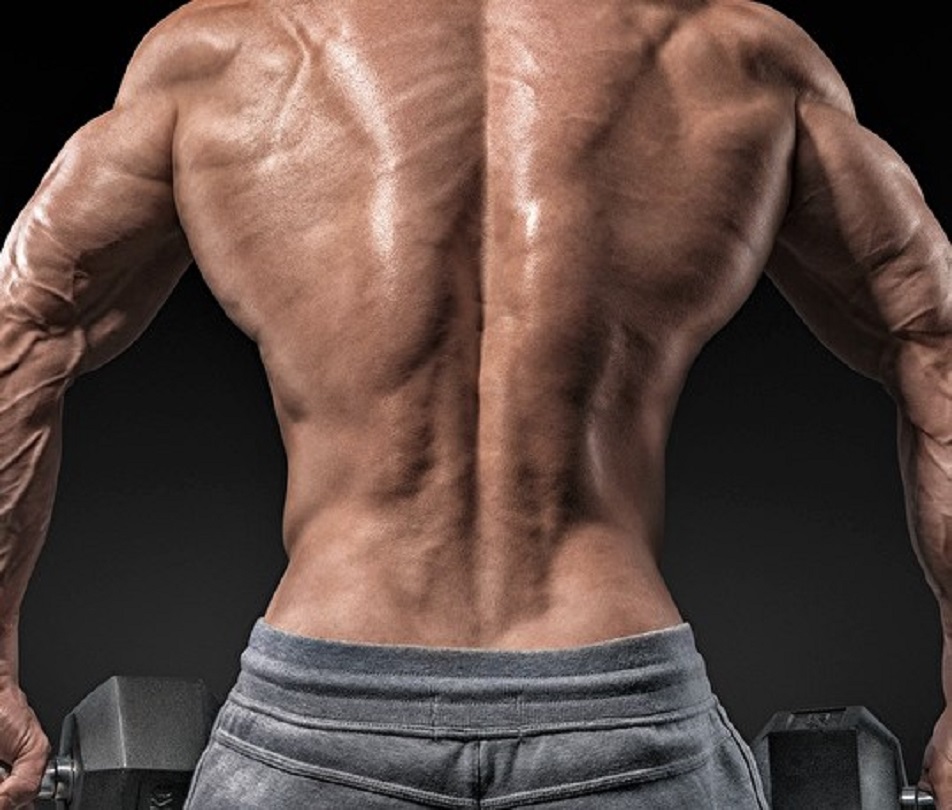
ERECTOR SET
Your lower back is part of a group of muscles called the spinal erectors. These muscles run on either side of your spine from just above your butt to just below your head. For most of their length they’re beneath your trapezius, but they’re discernable (and thickest) in the lumbar region of your lower back. They move your torso backwards and sideways and stabilize your spine. It’s that latter job that keeps your lower back working to some degree whenever your torso is unsupported and upright. It’s also a primary responsibility of the lumbar region to move your spine from bent forward (as when touching your toes) to the upright or arched backward position.
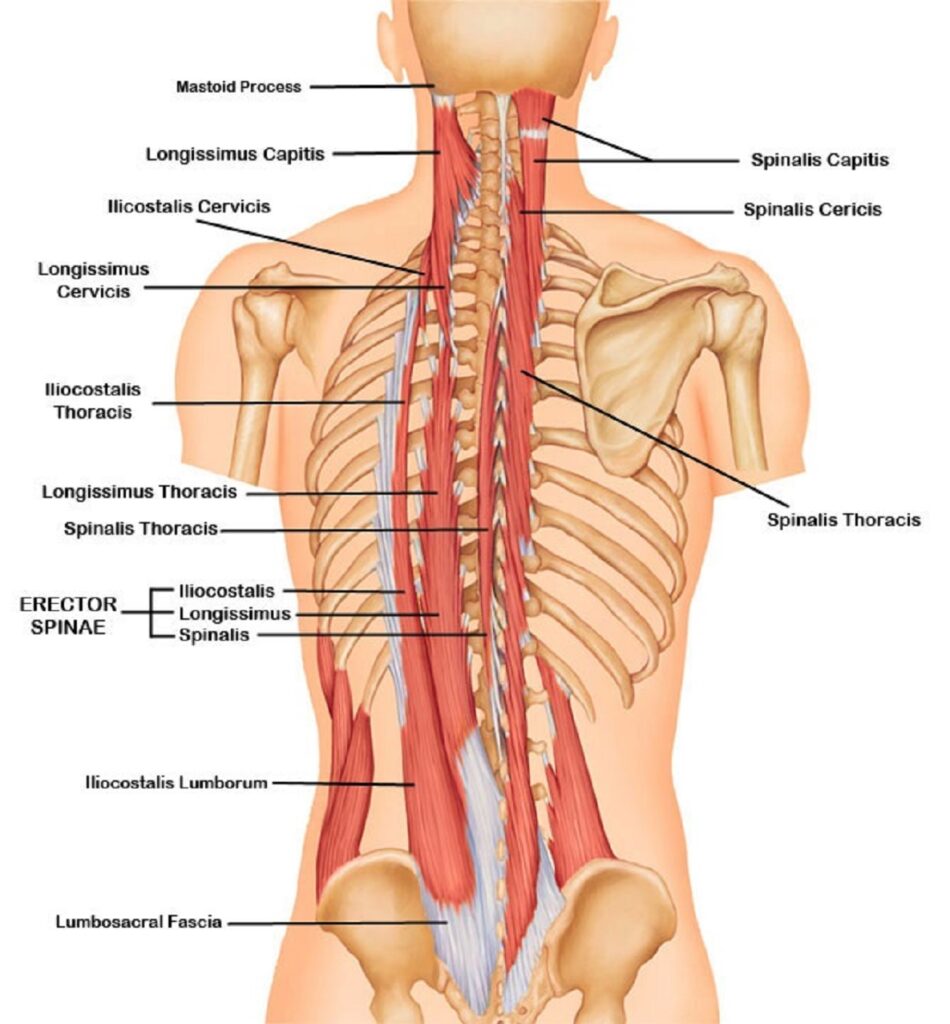
THE LOWDOWN ON LOWER BACK
Quick, name a free-weight, compound exercise in which your lower back doesn’t assist? Squats? Your spinal erectors are major players when squatting. Military presses? Your core is crucial for keeping your balanced as you raise and lower the bar. In fact, your lower back works during every standing compound lift. Bench presses? Though it’s possible to bench press without significantly stressing the lumbar area, for best results you should keep your lower back arched and tensed to aid stability.
Aside from lifts performed with your back supported or bodyweight exercises like chins or dips, it’s likely your spinal erectors are helping out in every free-weight compound exercise. But that’s not all. They’ll help out with some isolation exercises (barbell curls, dumbbell laterals, etc.), bodyweight exercises (pushups, wall squats, etc.), and machine exercises (standing calf raises, leg press, etc.), too.
Now a quick word on injuries. It’s estimated that 80% of adults will suffer significant lower back pain at some time in their lives. As the saying goes, sometimes the best defense is a good offense. Likewise, the best strategy for a weight-trainer who wants to ward off lower back problems is to strengthen the spinal erectors.
BEST LOWER BACK WORKOUT #1: BASIC
This is a standard lower back routine with just two exercises.
The first, the RACK PULL (a.k.a. top deadlift), is a deadlift in a power rack off the supports, set just above knee level. Starting each rep elevated largely takes the legs and glutes out of the lift and makes this more of a back and trapezius exercise. It’ll work your spinal erectors from top to bottom.
The second exercise is the HYPEREXTENSION (a.k.a. back extension), which is the standard lower back exercise. These can be done with a 45-degree hyper bench or a 90-degree (horizontal) hyper bench, each of which provide different tension. We prefer the latter when focusing on the lower back, with its maximum lumbar tension at the top of reps, but both are good. If you have access to both, switch it up occasionally. Make sure the support pad is set low enough that you can get a full stretch and contraction. Despite the name, you don’t want to hyperextend at the top. But go to at least parallel, and most healthy people can safely bend their torso a little backwards. Use extra weight or a band when you can get more than 20 bodyweight reps.
BASIC LOWER BACK ROUTINE
Rack Pull — 4 x 8-12 reps
Hyperextension — 4 x 15-20 reps

BEST LOWER BACK WORKOUT #2: PRE-EXHAUST
Now we flip the script of the previous workout and put the isolation exercise (hyperextension) before the compound exercise (deadlift). Doing so pre-exhausts the lower back, which then does more of the work deadlifting, tiring before other un-exhausted muscles. This was the favorite technique of six-time Mr. Olympia Dorian Yates (though as a high-intensity trainer he only did one set of each), and Yates had a superbly muscled lower back. Because deadlifts were last in his back routine, and preceded by weighted hyperextensions, he couldn’t go particularly heavy (in a video, he does 455 pounds for 6 reps). You can do the deadlifts as rack pulls in a power rack again, but, like Dorian, we’ve included deadlifts off the floor in our sample routine. Do them regular-style (which works the back more) and not sumo-style (which works the legs and glutes more).
PRE-EXHAUST LOWER BACK ROUTINE
Hyperextension — 4 x 15-20 reps
Deadlift — 4 x 8-12 reps
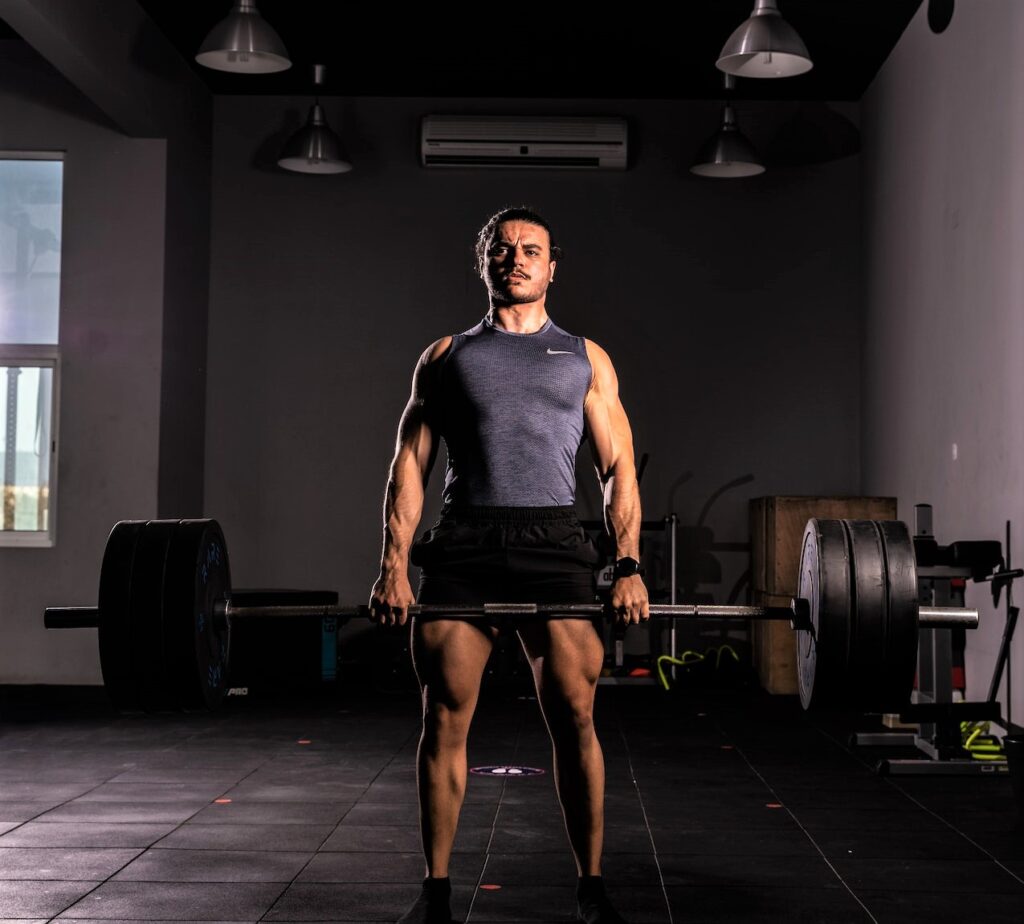
BEST LOWER BACK WORKOUT #3: HOME
Like the front of your core (a.k.a. abdominals), the back of your core (a.k.a. lower spinal erectors) can be trained without weights, at home or anywhere. Let’s focus on two uniquely named. weightless exercises.
SUPERMAN This isometric exercise was blessed with a cool name. Lie face down on a floor with arms stretched out in front (like the “Man of Steel” flying). Simultaneously raise your arms, chest, and (especially) legs off the floor as far as possible. You should feel this in your lower back. Hold for at least two seconds. That’s one rep. Rest for up to 10 seconds between reps, but less is better. Do sets of 6-10 reps.
BIRD DOG Get down on all fours. While keeping your core tight, reach one arm out in front so it’s parallel to the floor and the opposite leg behind so it’s parallel to the floor. Hold for at least two seconds. Then do the opposite side. That’s one rep. This works the entire core together, and is also a great stretch. If you have minor lower back pain, you may find bird dogging helps alleviate it.
HOME LOWER BACK ROUTINE
Superman — 2 x 6-10 reps
Bird Dog — 2 x 6-10 reps
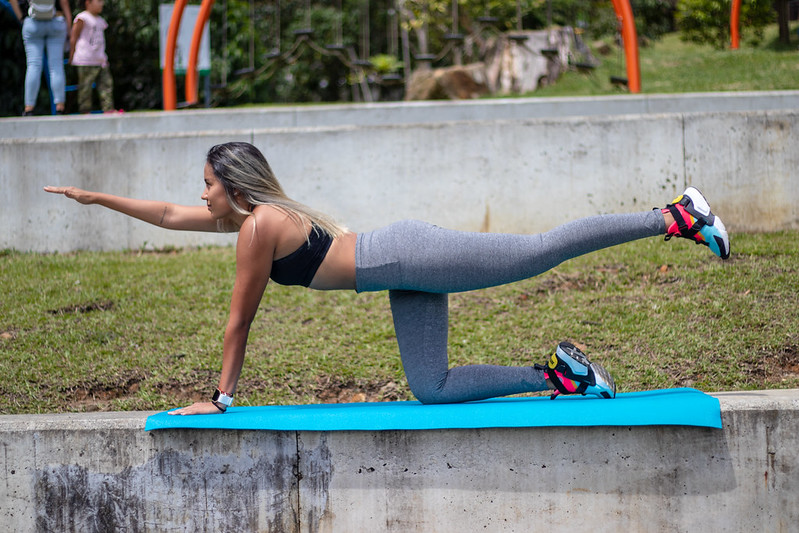
BEST LOWER BACK WORKOUT #4: UNIQUE LIFTS
The Superman and Bird Dog are unique, but let’s focus on two more that you’re probably not doing.
LUMBAR CRUNCH This is a favorite exercise of master trainer Charles Glass. It’s a hyperextension but contracts only the lumbar region of the spinal erectors, as opposed to a typical full-range hyper, which also works the glutes and hamstrings to a lesser degree. Begin in the face-down hyperextension position, and pull your rib cage towards your pelvis (as if doing a crunch). Then, by contracting your lower back, arch backwards through the same limited range of motion and hold for two seconds. Lumbar crunches are to hyperextensions what abdominal crunches are to sit-ups—a brief movement that focuses entirely on the targeted area. Hold a weight to add resistance.
GOOD MORNING Don’t let the friendly name fool you. This old school lift focuses intensely on your spinal erectors, and, if performed sloppily has the potential to wrench your back. Here’s how to do it right. Hold a bar on your shoulders with a medium-wide stance, as if beginning a squat. Keeping your knees unlocked, force your butt backwards as you simultaneously bend your torso forward to just above parallel to the floor. Then, contracting your glutes, return to a standing upright position. These work the entire posterior chain (lower back, glutes, hamstrings), so we’ve scheduled them after lumbar crunches to pre-exhaust the spinal erectors.
UNIQUE LIFTS LOWER BACK ROUTINE
Lumbar Crunch — 3 x 10-20 reps
Good Morning — 3 x 10-15 reps
BEST BACK WORKOUTS: CONCLUSION
Unless you hit a rear double biceps pose on a bodybuilding stage, it’s unlikely your lower back will ever be a visual focal point, and yet, because it’s involved in so many key lifts it will frequently be a focal point of your training. Make sure it’s not the weak link. Use our best back workouts as your guide to muscling-up your middle.
Related content:



































